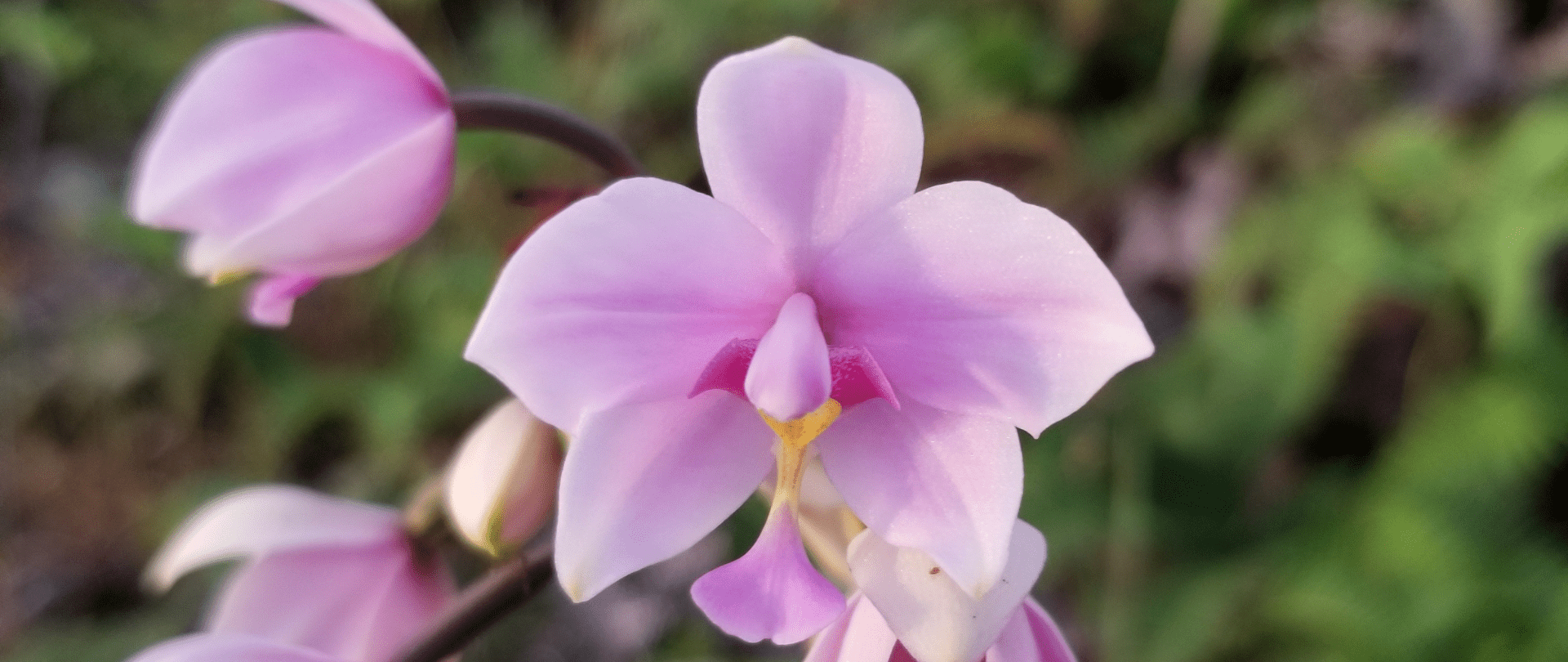May 12, 2025
Restoring Alto Velo Island: Reviving a Critical Island-Ocean Connection
Isla Alto Velo in the Dominican Republic is a key site of connection between land and sea. See our plan to protect this vital ecosystem in the Caribbean!
We use cookies to help you navigate efficiently and perform certain functions. You will find detailed information about all cookies under each consent category below.
The cookies that are categorized as "Necessary" are stored on your browser as they are essential for enabling the basic functionalities of the site. ...
Necessary cookies are required to enable the basic features of this site, such as providing secure log-in or adjusting your consent preferences. These cookies do not store any personally identifiable data.
Functional cookies help perform certain functionalities like sharing the content of the website on social media platforms, collecting feedback, and other third-party features.
Analytical cookies are used to understand how visitors interact with the website. These cookies help provide information on metrics such as the number of visitors, bounce rate, traffic source, etc.
Performance cookies are used to understand and analyze the key performance indexes of the website which helps in delivering a better user experience for the visitors.
Advertisement cookies are used to provide visitors with customized advertisements based on the pages you visited previously and to analyze the effectiveness of the ad campaigns.

Island Conservation’s Late Island project is the feature of a new article in New Zealand Geographic.
The article highlights the expertise of our many collaborators—especially the New Zealanders who first developed the techniques that make the removal of invasive species possible. Journalist Kate Evans describes the people, institutions, and know-how that come together to make large, complex conservation projects possible, painting a rich picture of how we are supporting island communities in their vision of a restored Late.
Profiling Island Conservation staff Baudouin des Monstiers and Richard Griffiths, the article expounds the benefits of restoring and rewilding Late Island and sheds light on the complexities of island ecosystems. By making Late Island a safe place for seabirds to nest, local reefs will benefit from an increased nutrient flow, growing bigger and attracting more fish. Citing multiple studies, the article shows how past conservation efforts set a promising precedent for Late. Removing invasive species has the potential to boost fishers’ livelihoods and boost climate change resilience: healthy reefs protect islands from waves, storm damage, and sea level rise.

Restoring Late Island, which is poised to be the largest invasive rat removal project ever undertaken in the Pacific, has been made possible thanks to our wonderful partners and supporters, including the Pacific Regional Invasive Species Management Support Service (PRISMSS), Secretariat of the Pacific Regional Environment Programme (SPREP), the Kingdom of Tonga’s Ministry of Meteorology, Energy, Information, Disaster Management, Environment, Climate Change and Communications (MEIDECC), and the New Zealand Department of Conservation (DOC).
Read the full article here as well as our recent press release about our work restoring Late.
Check out other journal entries we think you might be interested in.
Notifications